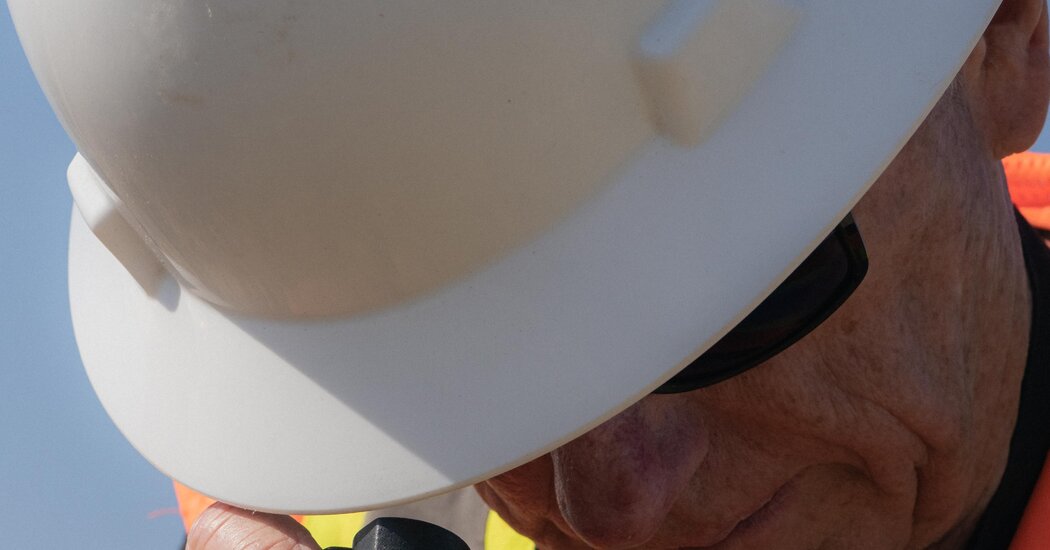Celebrating its 150th anniversary, the San Diego Natural History Museum has opened more of its vast paleontology exhibit to visitors.
This article is part of the Fine Arts & Exhibits special section on the art world stretching boundaries with new artists, new audiences and new technology.
“We found something.”
Jesse Shelmire, a paleontologist with the San Diego Natural History Museum, stood over the partial tooth of a Gomphothere, an elephantlike creature that roamed the area several million years ago. It presented itself amid 40 acres of dirt that the city is turning into a community park just north of Tijuana, Mexico. The tooth sat where a basketball court is planned and would have been lost to bulldozers had Shelmire not identified it.
Before the day was out, the tooth was on its way to the museum to join more than 1.5 million other fossils, a vast collection that shows how Southern California teemed with terrestrial and marine life millions of years before humans came along.
The collection includes evidence of all manner of species, from the bones of dinosaurs and huge marine mammals to bird eggs, tiny insects and barely visible shells. Each item is categorized and tagged for what it is, who found it, where it was found and when, making it a rich resource for scholars, other museums and the nonacademic curious.
The Nat, as locals know it, was founded in 1874 and grew into its current Balboa Park location in 1933. As part of its 150th anniversary celebration this year, the museum is bringing more of the paleontology collection into public view. A new, $5.1 million gallery below the main floor opened this month to display many items previously kept behind closed doors. A new research laboratory adjacent to the viewing area means that visitors can watch scientists investigate specimens and chat with them as they do their work. Two previous storage spaces, one of them miles away, were largely off-limits to the public.
“The anniversary gives us the opportunity to look ahead and set up the museum for the next 150 years,” said Judy Gradwohl, who became the museum’s first woman president and chief executive eight years ago after more than 30 years at the Smithsonian in Washington, D.C. “Our challenge is, ‘How do I pass along our collection to the next generation?’”
